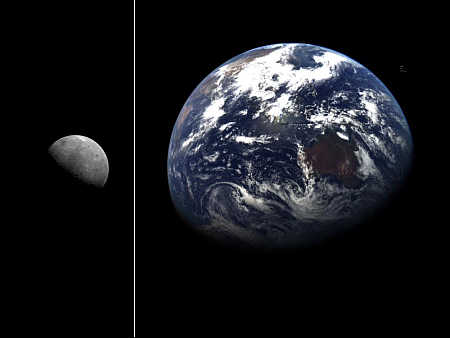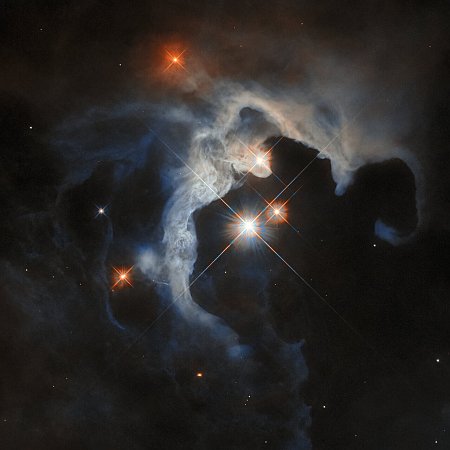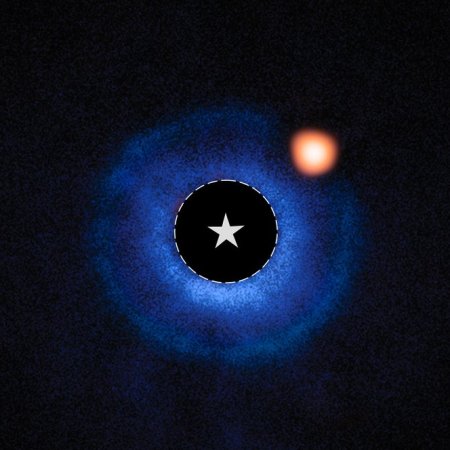Webb detects unexpected “little red dots” in the early universe
The uncertainty of science: Using the Webb Space Telescope astronomers have begun to compile a small catalog of what they call “little red dots” [LRDs], objects in the very early universe that are very small, too small to be galaxies and are thus a mystery.
A team of astronomers recently compiled one of the largest samples of LRDs to date, nearly all of which existed during the first 1.5 billion years after the big bang. They found that a large fraction of the LRDs in their sample showed signs of containing growing supermassive black holes.
“We’re confounded by this new population of objects that Webb has found. We don’t see analogs of them at lower redshifts, which is why we haven’t seen them prior to Webb,” said Dale Kocevski of Colby College in Waterville, Maine, and lead author of the study. “There’s a substantial amount of work being done to try to determine the nature of these little red dots and whether their light is dominated by accreting black holes.”
The present most popular theory to explain the dots, based on the available data, is that the dots are newly formed black holes, their red light caused by material falling into the hole at millions of miles per hour. That theory has of course problems. For example, it doesn’t explain why we don’t see these dots in more recent times. Nor does it explain why the dots are dim in X-rays, a radiation expected from accreting black holes.
As always, the press release claims that this discovery does not “break” the present cosmological theories for the formation of the universe, but at the same time, it does illustrate our overall lack of knowledge about that early universe. We really don’t know very much, which means any theories we have are likely wrong simply due to our present ignorance.
The uncertainty of science: Using the Webb Space Telescope astronomers have begun to compile a small catalog of what they call “little red dots” [LRDs], objects in the very early universe that are very small, too small to be galaxies and are thus a mystery.
A team of astronomers recently compiled one of the largest samples of LRDs to date, nearly all of which existed during the first 1.5 billion years after the big bang. They found that a large fraction of the LRDs in their sample showed signs of containing growing supermassive black holes.
“We’re confounded by this new population of objects that Webb has found. We don’t see analogs of them at lower redshifts, which is why we haven’t seen them prior to Webb,” said Dale Kocevski of Colby College in Waterville, Maine, and lead author of the study. “There’s a substantial amount of work being done to try to determine the nature of these little red dots and whether their light is dominated by accreting black holes.”
The present most popular theory to explain the dots, based on the available data, is that the dots are newly formed black holes, their red light caused by material falling into the hole at millions of miles per hour. That theory has of course problems. For example, it doesn’t explain why we don’t see these dots in more recent times. Nor does it explain why the dots are dim in X-rays, a radiation expected from accreting black holes.
As always, the press release claims that this discovery does not “break” the present cosmological theories for the formation of the universe, but at the same time, it does illustrate our overall lack of knowledge about that early universe. We really don’t know very much, which means any theories we have are likely wrong simply due to our present ignorance.











